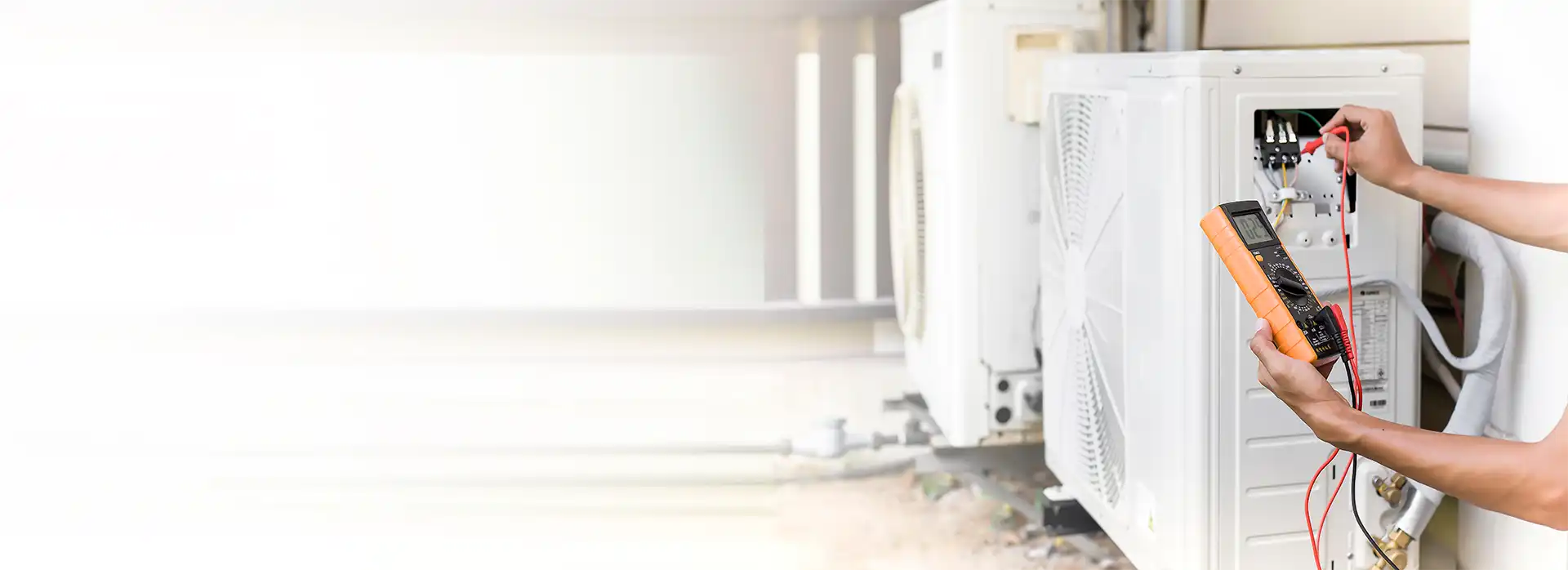Mold comes in a nearly infinite number of species, each with its own characteristics and behaviors. Some of these molds are good and necessary, and others are incredibly dangerous and unhealthy. One species of mold that every homeowner or building manager needs to be aware of is Stachybotrys, often called black mold, which can grow and accumulate in humid conditions and be harmful to human health.
Humid conditions inside a home frequently produce mold, but black mold in a home can produce toxins and agitate allergies, potentially causing some serious side effects. The impact on health depends on the length of exposure to the mold and the volume of spores inhaled or ingested. Short-term exposure can result in fatigue and headaches, fever, irritation to the eyes nose, throat, and sneezing, rashes, and coughing. Longer exposure, combined with a mold allergy can result in some extreme symptoms including nausea, vomiting, and bleeding in the lungs and nose.
Stachybotrys can be identified by a patch of black speckles. Black mold grows best in dark, moist spaces, which can be anywhere in the home, often ceilings, walls, and inside the ductwork. High humidity paired with poor ventilation can mean a mold infestation that can be extremely harmful to the building occupants’ health.
Black mold can be cleaned off; however, spores will still remain, which could result in the return of mold infestation and the persistence of inhalation symptoms. HVAC professionals, such as us, can assist in the removal of Black mold and most importantly, help prevent it from returning by assessing the conditions of your home, specifically the indoor air quality and HVAC system.
Air duct services should be scheduled yearly to ensure a clean, dry environment and proper filtration to keep the air quality of your building. Contact our HVAC specialists to learn more about black mold and how to manage it or call us at 919-266-5755.

